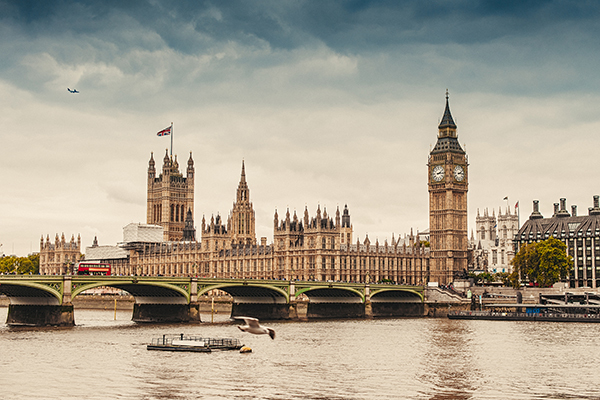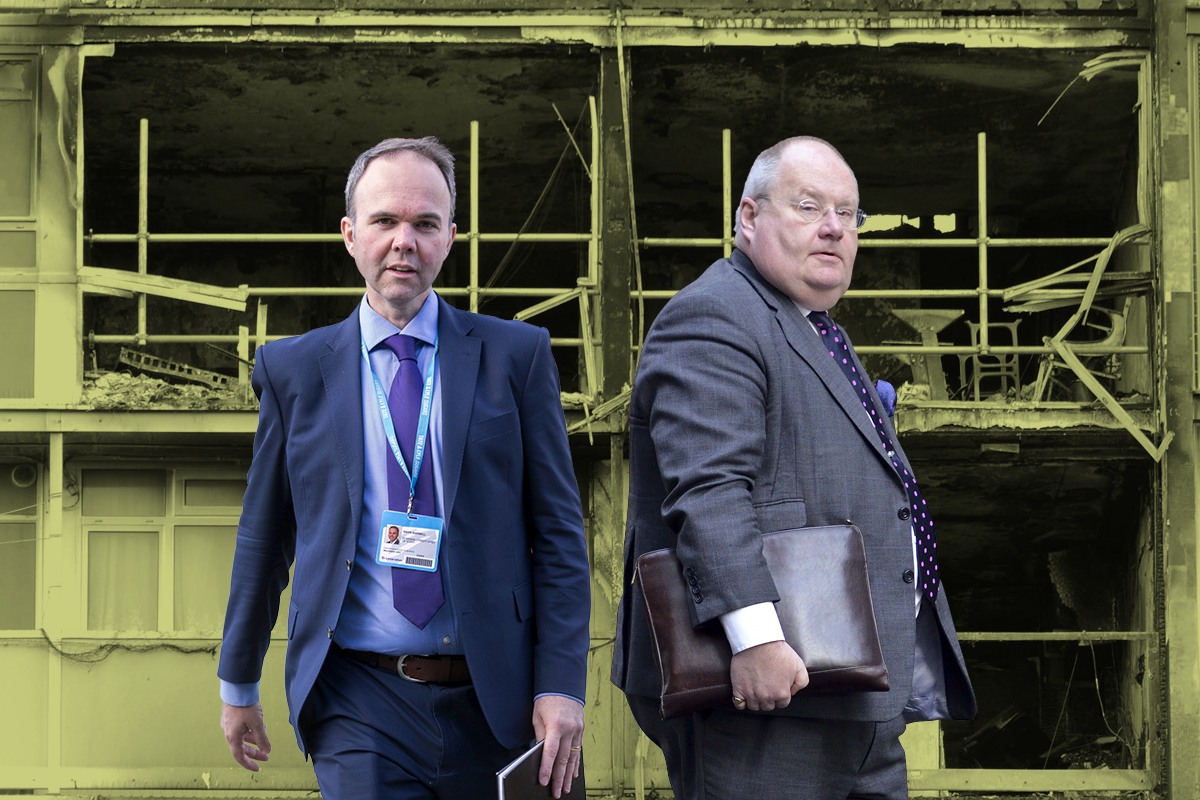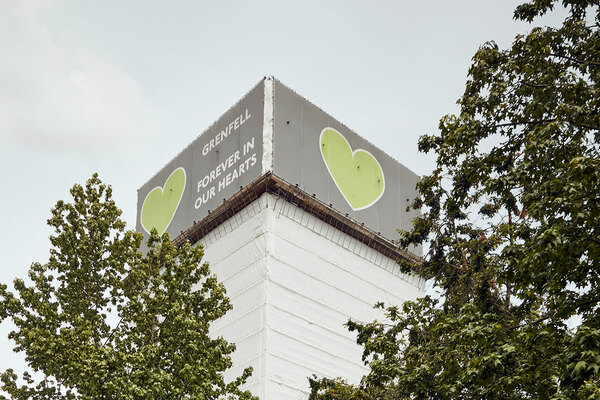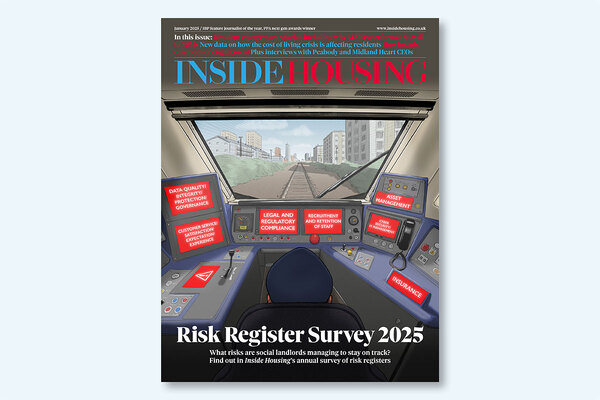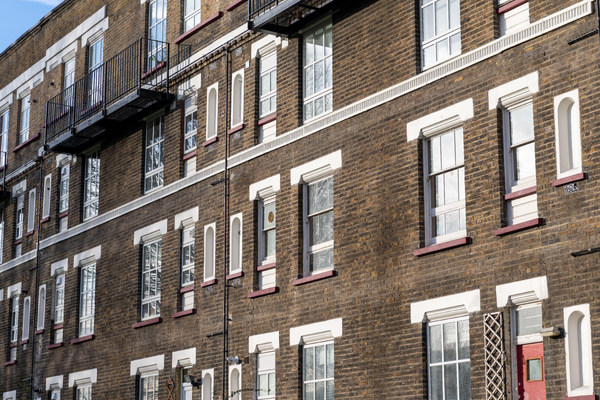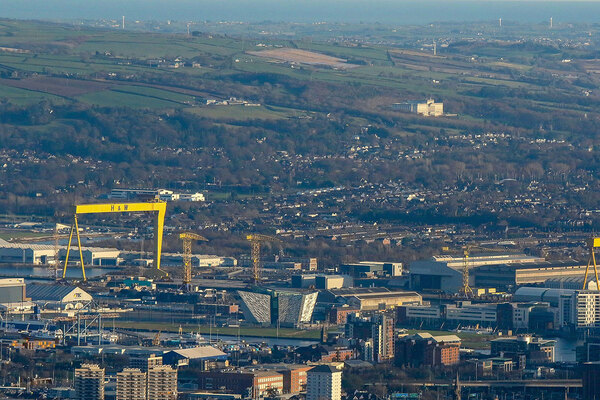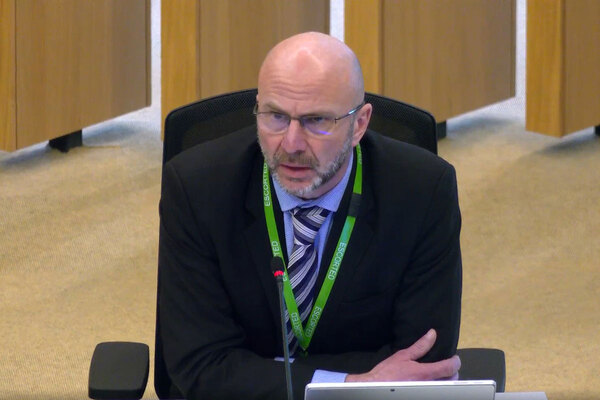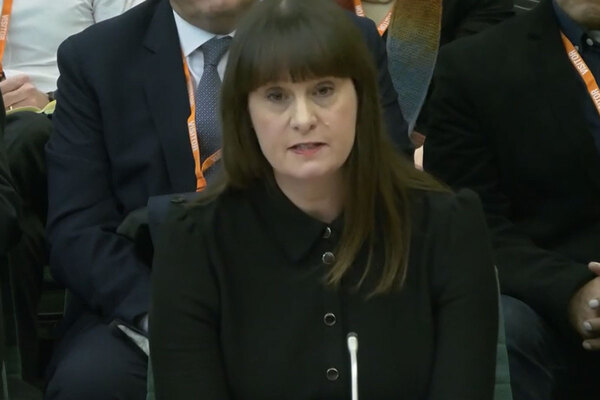Government did not act on LFB advice to warn housing providers about combustible cladding eight years before Grenfell
The government did not act on advice from the London Fire Brigade (LFB) to issue “a warning to housing providers” about the danger of combustible materials used in external cladding systems eight years before the Grenfell Tower fire.

Letters between the brigade and central government in the aftermath of the 2009 fatal fire at Lakanal House in south London were released by the Grenfell Tower Inquiry for the first time today.
They show a specific warning about combustible materials in external walls in the months after the blaze, as well as a series of letters to Conservative minister Brandon Lewis in 2012 and 2013 urging further action.
Asked about the exchanges today, Rita Dexter, former deputy commissioner at the LFB, said she felt the responses from government were “not satisfactory”. She added that the LFB was aware the government did not want “additional layers of regulation” and that the LFB was “not pushing at an open door” in making the requests.
She added that it was “a statement of recognised fact at that time that the government had formally declared policies about reducing the burdens on business” and had a “deregulatory agenda”.
The first letter revealed by the inquiry was sent to Sir Ken Knight, then chief fire and rescue advisor to the government, in December 2009 – just five months after the blaze at Lakanal House killed six people.
The brigade had recently seen testing carried out by the Building Research Establishment (BRE) which showed that panels attached to the outside of the building “do not have the necessary reaction to fire properties”.
Its letter said it had also “become aware that this type of panel has been supplied by more than one company”.
The panel used at Lakanal House was made of a combustible high-pressure laminate material and had been installed below windows during a refurbishment. The blaze had ignited one of these panels after breaking out of a flat window, spreading flames up the building.
In the letter, Ron Dobson, then-commissioner of the LFB, wrote: “In the circumstances, we believe it may be appropriate for a warning to be given to housing providers that it would be advisable to check the specification for external wall panels in their high-rise housing stock and check that what has been installed meets the correct specification… and to include this in fire risk assessments for relevant properties.”
However, Sir Ken, who has chaired the government’s ‘expert panel’ since the Grenfell Tower fire, responded a week later, writing that the matters had been discussed within government “in some detail”.
He wrote: “Members of [the group investigating the Lakanal fire] did recognise that the information arising from the BRE report has potential implications for meeting the expectations of certain aspects of [official guidance on external fire spread] but it was felt at this time there was insufficient information to warrant alerting housing authorities and/or property owners to the specific matters raised.”
He said this was because the investigation had not yet determined matters such as whether the panels at Lakanal had a different performance to what had been specified. He also noted an ongoing police investigation.
In the event, a letter was sent to social landlords that simply advised them to ensure building control inspectors had oversight of any cladding or window works but did not specify the risks outlined by Mr Dobson.
“Am I right in thinking that the DCLG [Department for Communities and Local Government] had not taken up the LFB suggestion of writing to housing providers to request specifically that they proactively check the specification of their high-rise external wall panels for compliance with the building regulations?” asked counsel to the inquiry Richard Millett QC.
“I only know what I’ve read there and it doesn’t appear so,” Ms Dexter replied.
“Does it follow that it remained the case, and the LFB knew that it remained the case, that any number of high-rise buildings in London could well have non-compliant panels that promoted fire spread?” asked Mr Millett.
“Yes,” replied Ms Dexter.
She disputed, however, that this meant it knew another fire like the one at Lakanal could occur “at any time”, as she said fires like this “all had different characteristics”.
This evidence is relevant in relation to the foreseeability of the Grenfell Tower fire within the LFB. The brigade’s former commissioner Dany Cotton previously angered survivors by describing the likelihood of the fire as being similar to “a space shuttle landing on [central London skyscraper] the Shard”.
The inquiry then saw a further letter sent to Brandon Lewis (pictured above), at the time a junior minister in DCLG (now known as the Department for Levelling Up, Housing and Communities), in December 2012 shortly before the start of official inquest into the fire a month later.
In this letter, Mr Dobson set out seven recommendations that the LFB believed the government should adopt following its internal investigation into the fire.
These included a recommendation that specific guidance be published relating to external fire spread, with Mr Dobson warning that the intentions of building regulations “may not be fully understood” in the industry.
It also recommended new guidance on testing firefighting lifts, ensuring the competency of risk assessors and determining which areas and features of the building were covered by fire safety legislation.
All of these issues have already been shown to be relevant to the fire at Grenfell Tower by the inquiry.
But DCLG responded via an official, Louise Upton, who declined to take up the recommendations. On external fire spread she wrote that existing guidance “explicitly states” that walls should resist the spread of fire.
“Do you remember how you yourself reacted to seeing that letter?” asked Mr Millett. “Did you agree with it or disagree with it?”
“I think it felt not very satisfactory… that it wasn’t a sufficient response to the concerns raised by the commissioner,” replied Ms Dexter (pictured above).
She added: “Look, I don't think it was our position at the time that we thought we were pushing at an open door with [DCLG] on much of this… we were influenced by our assessment that government were not interested in more layers of regulation or more layers of rules.”
“Is that a long and perhaps delicate way of saying that dealing with government on this issue… was like trying to get blood out of a stone?” asked Mr Millett.
“I'll stick with my [description]: not pushing at an open door,” she replied.
In April 2013, the Lakanal House coroner advised DCLG to review building regulations guidance “with particular regard to the spread of fire over the external envelope of the building”. The government indicated it would do this by 2016/17.
In October, Mr Dobson followed up on the letter, writing: “The evidence of the Lakanal fire and of our wider fire safety work in London is that this is an issue that is significant and that deserves further attention.”
He added that the current regulatory system “remains a confused landscape which it is too important not to resolve”.
He also restated requests for further guidance on issues including fire risk assessor competency and testing lifts, and said that the letter was an opportunity to “invite you to look at the issues raised previously” and consider “whether it would now be possible to take some more vigorous action in response to them”.
“Would it be fair to describe that last invitation as an extremely polite kick up the DCLG backside?” asked Mr Millett.
“Yes,” replied Ms Dexter.
However, Mr Lewis responded simply saying the government had “commissioned a range of research” and restated its intention to update building regulations guidance by 2016/17.
In an email exchange with Ms Dexter, Mr Dobson cautioned her not to expect much change “in an environment where the government is only interested in decreasing the regulatory burden and certainly not increasing it”.
Asked to explain this comment, Ms Dexter said: “I think it’s a statement of recognised fact that at that time the government had formally declared policies about reducing the burdens on business.”
She cited initiatives such as former prime minister David Cameron’s pledge to remove two regulations for every rule introduced. “It was openly recognised that the government had a deregulatory agenda,” she said.
Mr Lewis, currently secretary of state for Northern Ireland, is due to give evidence to the inquiry when it investigates the actions of central government in October.
The inquiry continues with further evidence from Ms Dexter this afternoon.
Sign up for our weekly Grenfell Inquiry newsletter
Each week we send out a newsletter rounding up the key news from the Grenfell Inquiry, along with the headlines from the week
Already have an account? Click here to manage your newsletters

